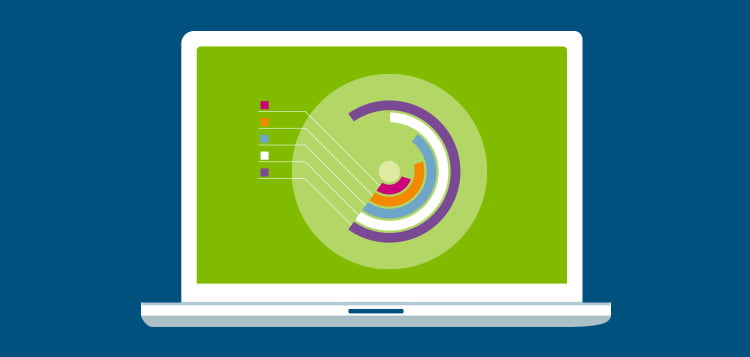Fascinated In Discovering How Website Layout Has Changed Throughout The Years? Check Out The Journey
Fascinated In Discovering How Website Layout Has Changed Throughout The Years? Check Out The Journey
Blog Article
Write-Up Author-Bradshaw Lunde
In the past, internet sites were easy and focused on information. Navigating was direct, and style was for desktop computers. Currently, individual experience is essential. Information overviews designs for easy navigation. Responsive formats match various gadgets. Today, dark mode minimizes strain, and minimalist menus enhance navigation. Interactive attributes engage users, and vibrant visuals stand apart. AI combination boosts interaction. See exactly how design has developed to enhance your on the internet trip.
Very Early Days of Website Design
In the very early days of website design, simplicity preponderated. Web sites were fundamental, with minimal colors, font styles, and designs. The focus got on offering details rather than fancy visuals. Users accessed the internet via sluggish dial-up connections, so rate and performance were essential.
Navigating food selections were straightforward, normally located on top or side of the page. Web sites were made for home computer, as mobile browsing had not been yet prevalent. Web content was king, and designers prioritized easy readability over intricate layout components.
HTML was the key coding language made use of, and designers needed to function within its constraints. Animations and interactive attributes were very little contrasted to today's requirements. Web sites were fixed, with little dynamic material or customized user experiences.
Rise of User-Focused Style
With the evolution of internet site design, a change towards user-focused design concepts has actually ended up being significantly prominent. Today, producing web sites that prioritize user experience is important for engaging visitors and attaining company objectives. User-focused layout includes recognizing the requirements, preferences, and actions of your target audience to tailor the web site's design, content, and features appropriately.
Developers currently perform extensive research, such as customer surveys and usability screening, to gather understandings and comments straight from individuals. This data-driven approach helps in producing user-friendly navigation, clear calls-to-action, and aesthetically attractive interfaces that resonate with visitors. By positioning the customer at the center of the layout process, internet sites can supply a much more individualized and delightful experience.
Receptive layout has actually also become a vital aspect of user-focused style, making sure that sites are maximized for various tools and display sizes. This adaptability boosts accessibility and usability, catering to the varied ways individuals connect with sites today. Basically, the rise of user-focused design indicates a shift towards creating digital experiences that focus on the requirements and assumptions of completion individual.
Modern Trends in Website Design
Check out the most recent trends forming web design today. One popular trend is dark setting layout, using a smooth and contemporary look while decreasing eye pressure in low-light settings. One more essential pattern is minimalist navigation, simplifying food selections and boosting individual experience by concentrating on essential elements. Incorporating micro-interactions, such as animated buttons or scrolling impacts, can create a much more interesting and interactive web site. Receptive layout remains important, making sure smooth individual experiences throughout various tools. Additionally, making use of vibrant typography and unbalanced formats can include visual interest and accentuate certain content.
Incorporating AI modern technology, like chatbots for customer assistance or personalized referrals, boosts user interaction and streamlines processes. Availability has also become a considerable pattern, with developers prioritizing inclusive layout methods to cater to varied user requirements. Accepting sustainability by maximizing website efficiency for speed and effectiveness is one more emerging pattern in website design. Working together with individual feedback and data analytics to iterate and improve style continually is important for staying appropriate in the ever-evolving electronic landscape. By welcoming these modern-day patterns, you can produce a visually appealing, user-friendly web site that resonates with your audience.
Final thought
As you review the evolution of website design from the very early days to now, you can see how user-focused style has actually become the driving pressure behind contemporary patterns.
Welcome https://www.marketingprofs.com/articles/2021/45820/why-marketing-maturity-needs-to-be-top-of-mind-in-todays-digital-landscape of modification and adjustment in website design, constantly keeping the customer experience at the forefront.
Tippingpointdigital
Remain existing with the most recent fads and technologies, and never stop advancing your approach to create aesthetically sensational and straightforward sites.
Advance, adjust, and create - the future of website design remains in your hands.
